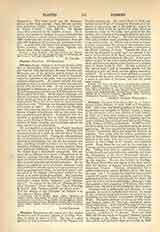

Flemael, BERTHOLET (the name was also spelled FLEMALLE and FLAMAEL), painter, b. at Liege, Flanders, in 1614; d. there in 1675. The son of a glass painter, he was instructed in his art by Trippez and Douffet successively. He visited Rome in 1638, was invited by the Duke of Tuscany to Florence and employed in decorating one of his galleries; thence he passed to Paris where he carried out some elaborate decorative work at Versailles and painted for the sacristy of the church of the Augustinians his picture of the “Adoration of the Magi“. He returned to Liege in 1647 and executed many paintings for the churches of his native town. In 1670 he was invited to return to Paris, and painted the ceiling of the audience room in the Tuileries. Louis XIV made him a professor of the Royal Academy of Paris. Towards the close of his life he returned to Liege and was elected a lay canon of the church of St. Paul, and painted several works for the prince-bishop of the city. A few years before he died he fell into a state of profound melancholy and had to be placed under the care of a medical man, in whose house he died. He was a painter of the “grand style”, full of inventive genius, but his coloring is pale and weak and his figures somewhat artificial. He is believed to have painted a portrait of Colbert and by some writers is stated to have been a pupil at one time of Jordaens, but this has never been verified.
GEORGE CHARLES WILLIAMSON

